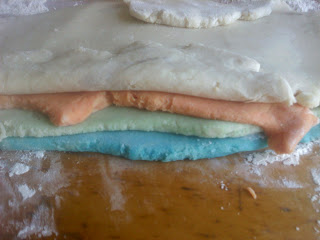The weak force? The strong force? What in the world are those? Up Quarks? Down Quarks? Gluons? I never learned that in school. If you're my age, you're right. You never learned that because it was not known, and hence not taught. Our understanding of the atom has increased much in recent decades. So update your knowledge. Read a current textbook. Watch the videos with the kids. You might be surprised what you learn.
Schedule:
We will probably spend a week listening to the movies and podcast and discussing them. I think I will follow up the movies with a corresponding worksheet right after we watch the movie.
Online Resources
Pod Cast from Astronomy Cast- The Strong and Weak Nuclear Forces. Very Informative
Periodic Table
The standard model of the atom. High School.
Bohr model worksheet. Practice placing electrons using the Bohr Model.
History of our understanding of the atom worksheet. Very good. gr. 4-9
Schedule:
We will probably spend a week listening to the movies and podcast and discussing them. I think I will follow up the movies with a corresponding worksheet right after we watch the movie.
Online Resources
Pod Cast from Astronomy Cast- The Strong and Weak Nuclear Forces. Very Informative
Periodic Table
The standard model of the atom. High School.
Bohr model worksheet. Practice placing electrons using the Bohr Model.
History of our understanding of the atom worksheet. Very good. gr. 4-9
Bill Nye the atom
In Search of Giants part 1 of 15. Understanding the Standard Model. Highly Recommended
Kids and an atom smasher
Bohr Model. .
How to Draw a Bohr-Rutherford diagram of the atom
How to Draw a Bohr-Rutherford model of the atom (advanced)
The Standard Model of the Atom
The Standard Model Explains Forces and Matter
Quarks











